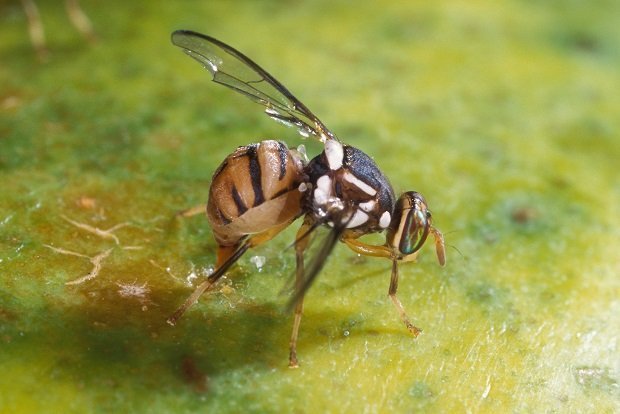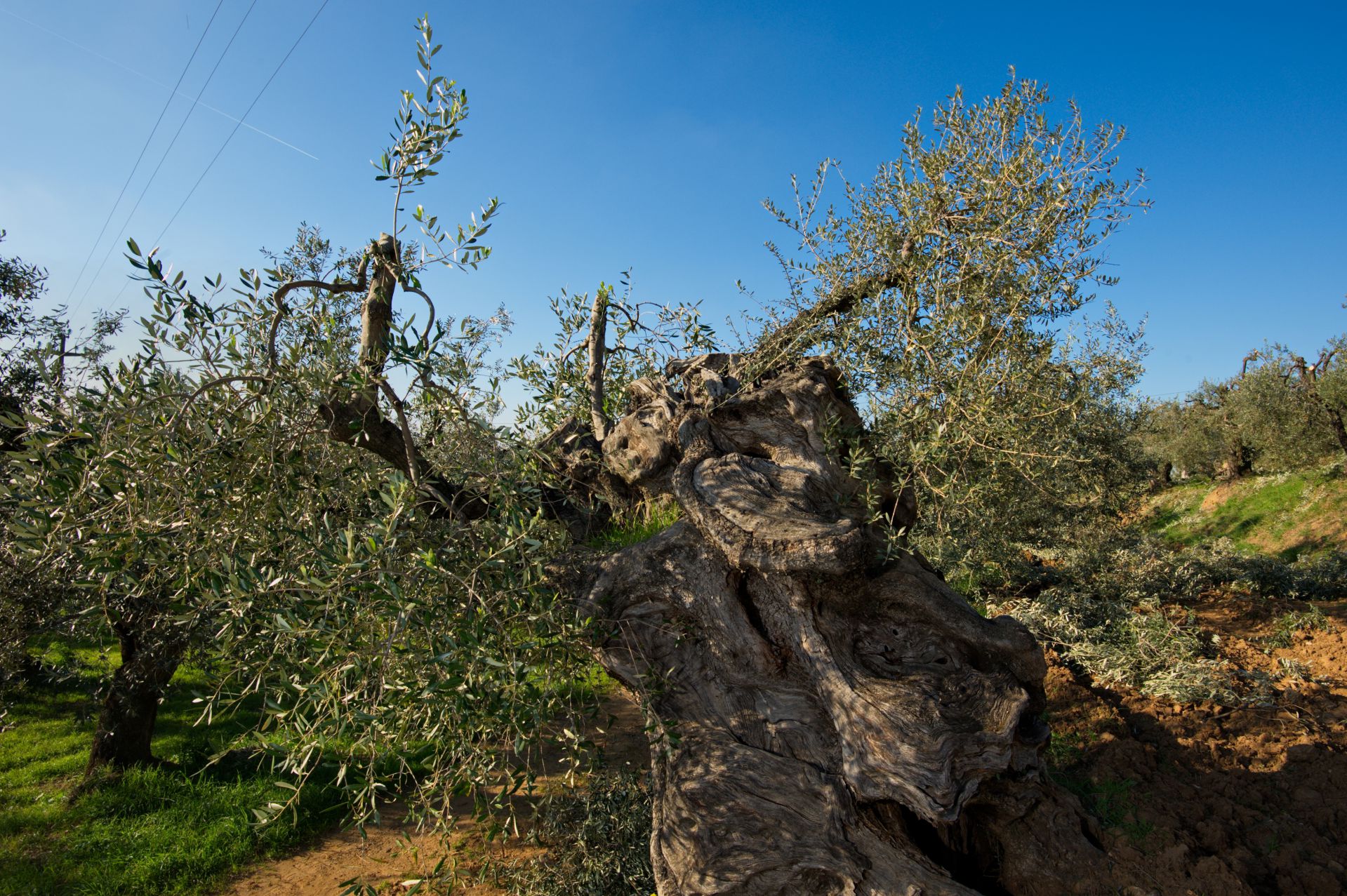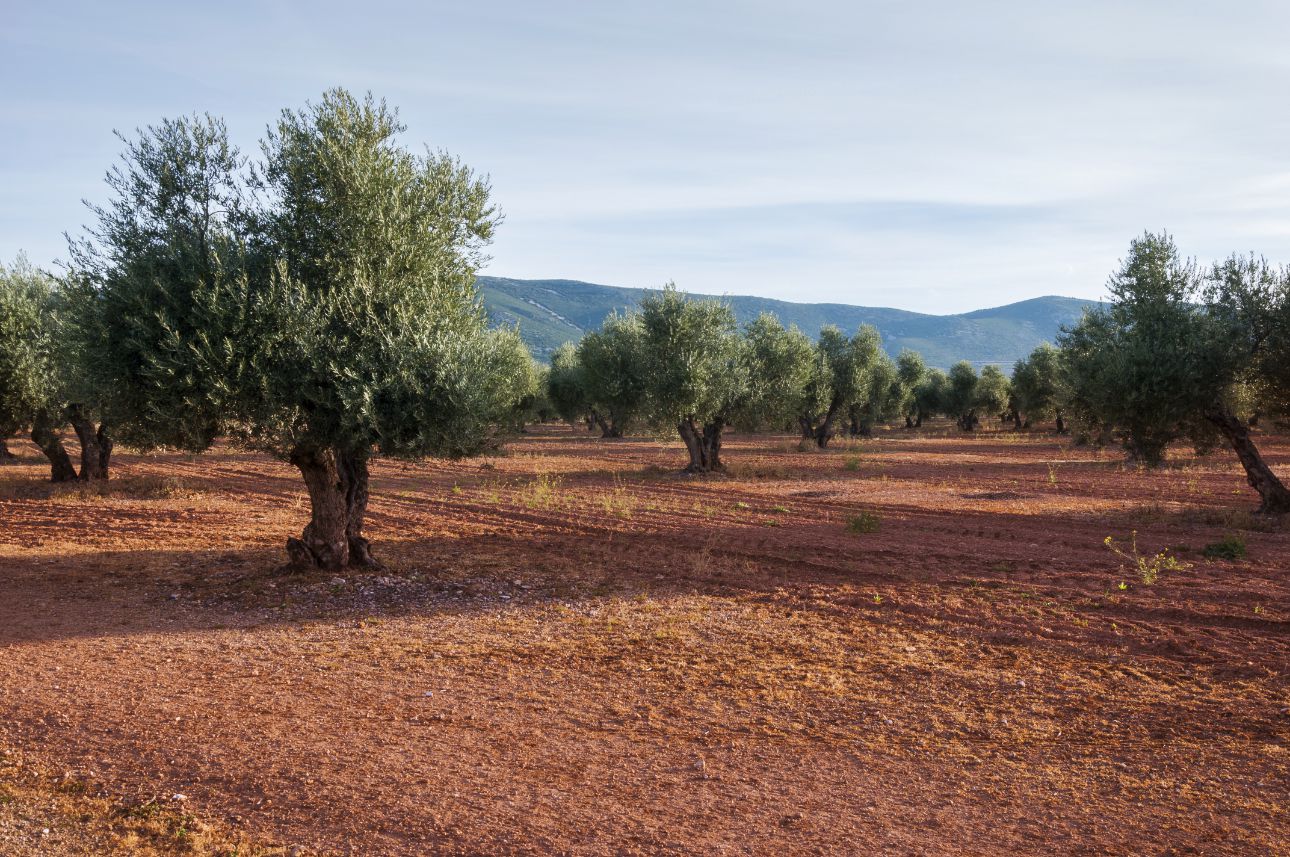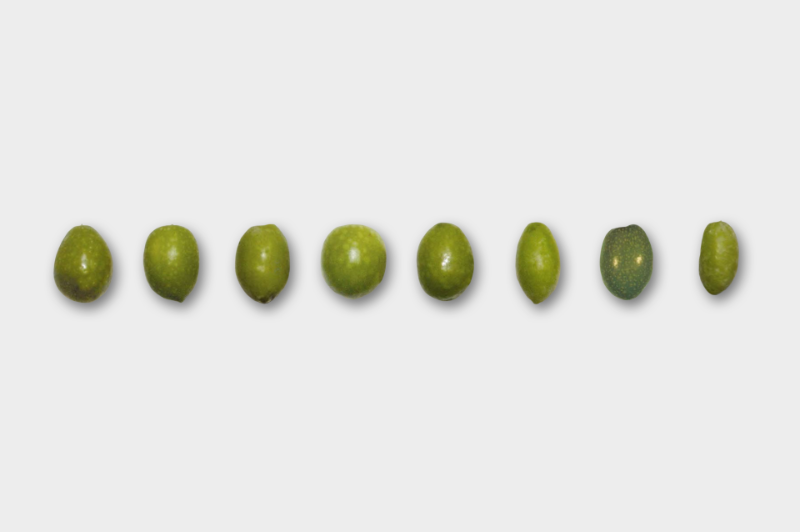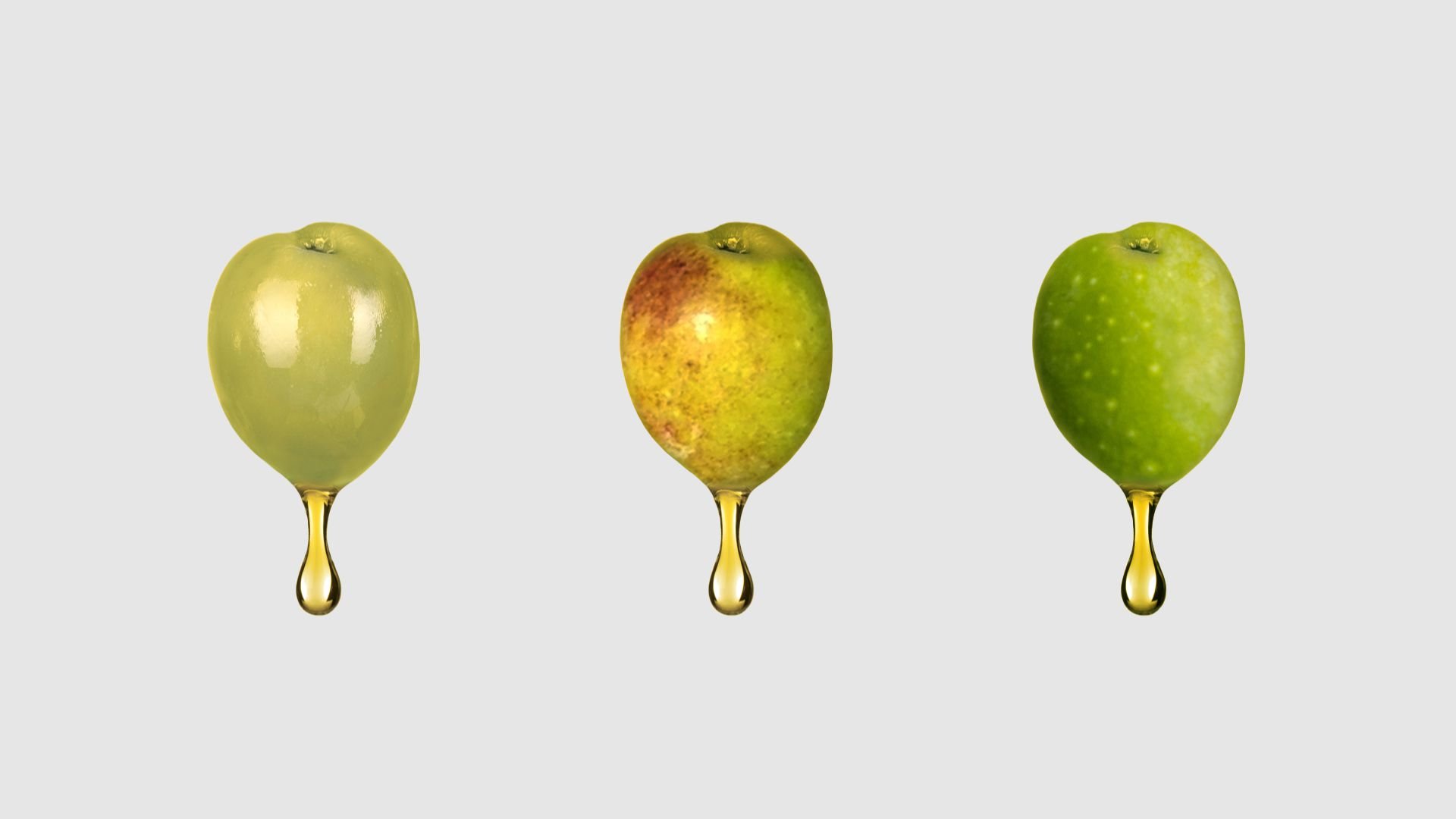
Blended or Single Variety Olive oil?
Replicating what has happened in the wine world, the range of single variety olive oils (“monocultivar”) has grown. However, it begs the question: which is better, single or blended? Let’s try to analyse the phenomenon and understand if an oil produced from a single variety of olive is better than
